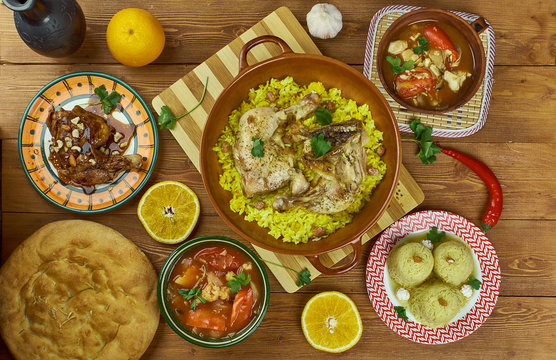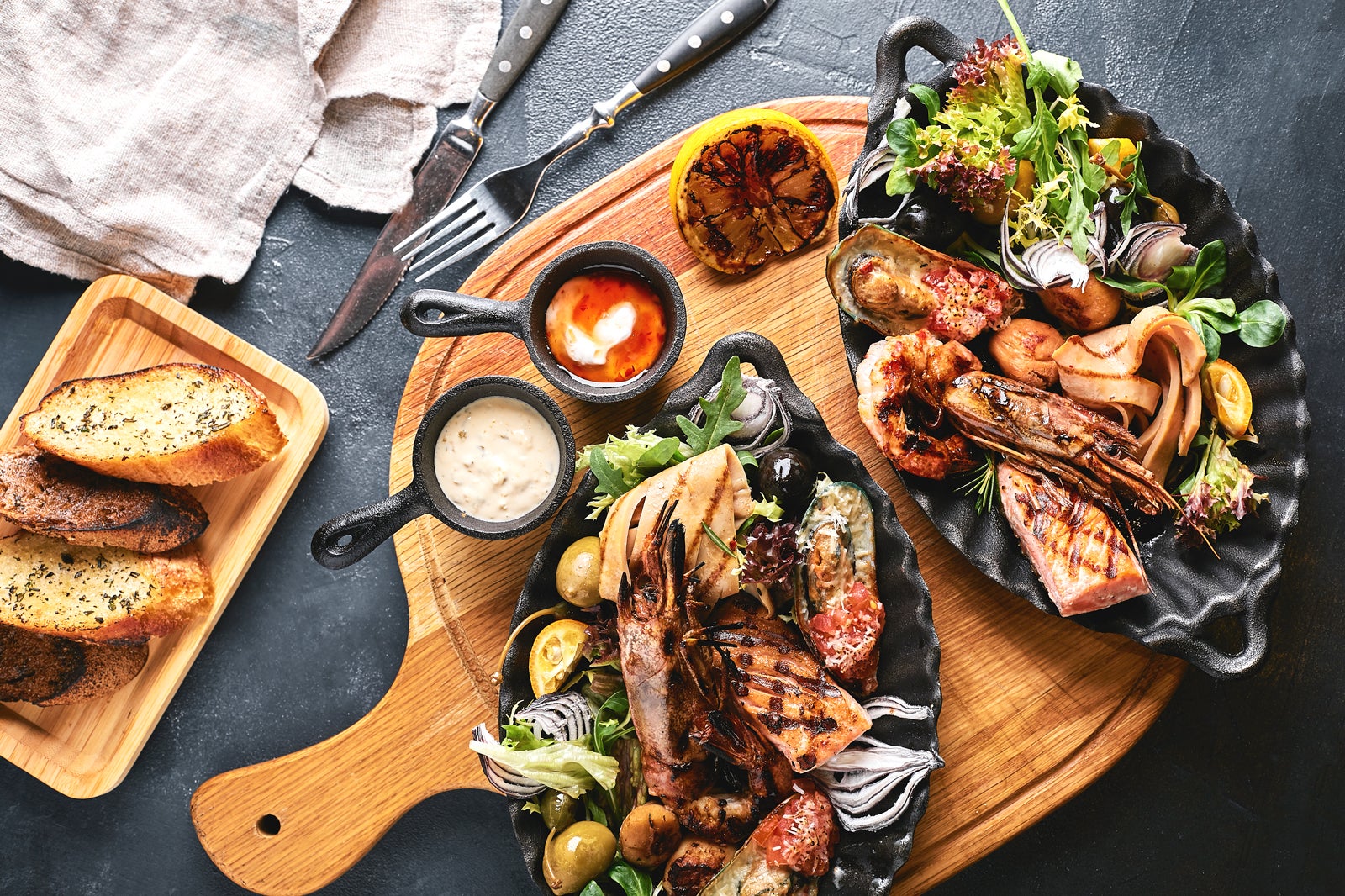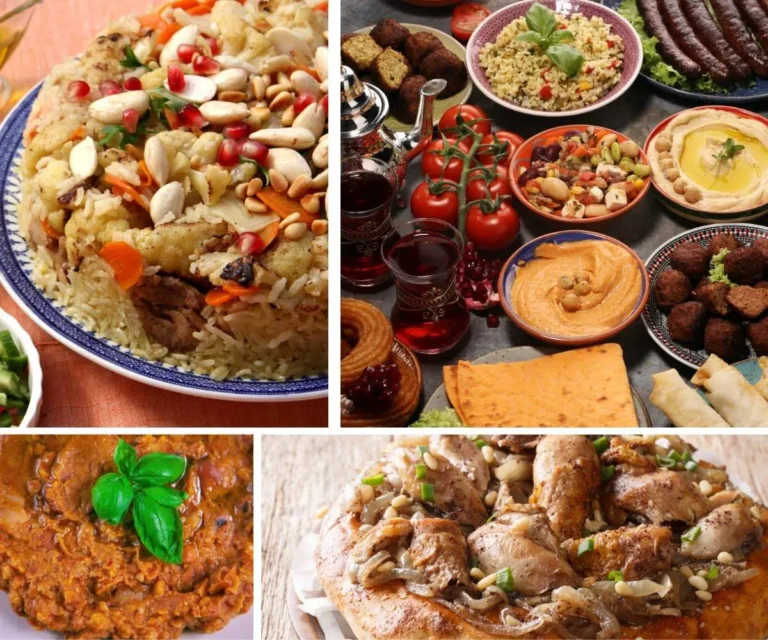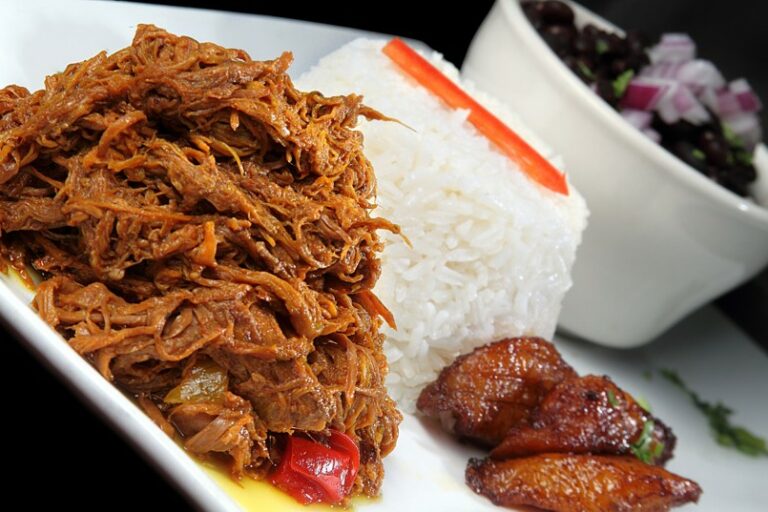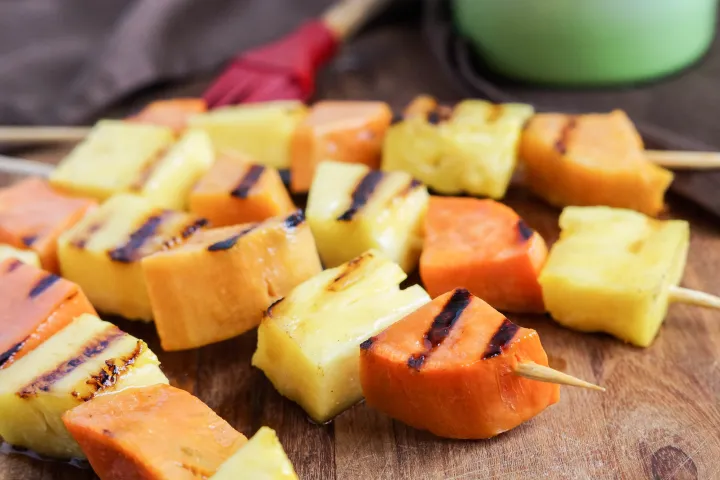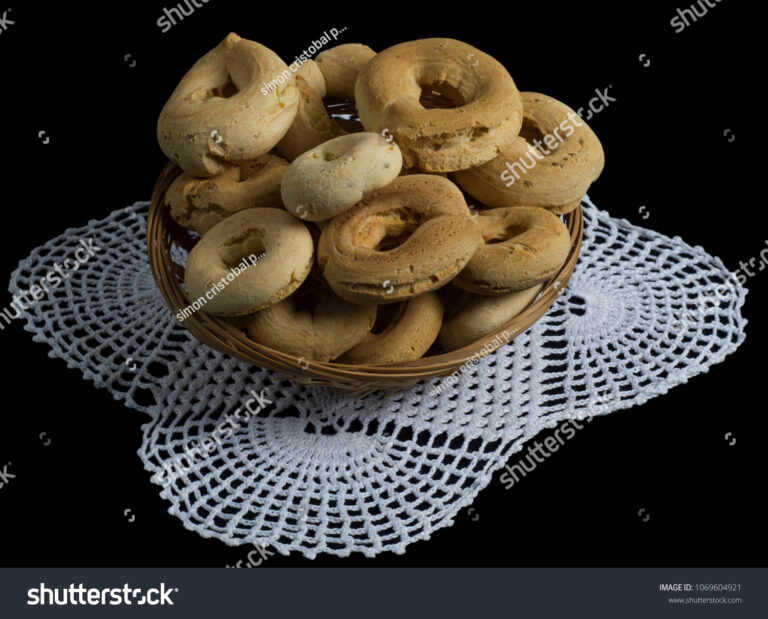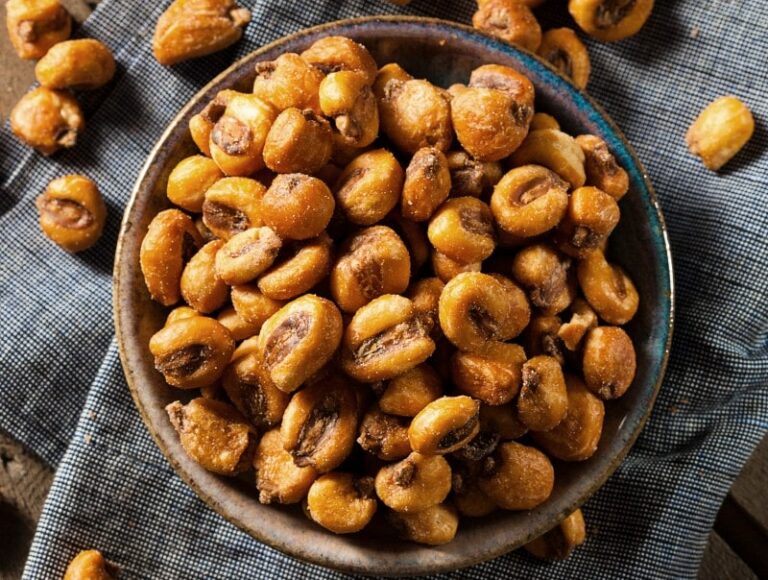Introduction to Omani snacks
Oman is a country that is rich in culture and tradition, and it is no wonder that its cuisine is as unique as its people. Omani cuisine is a reflection of the country’s rich heritage, and its snacks are no exception. From sweet treats to savory dishes, Omani snacks are a perfect way to experience the country’s rich culinary heritage. In this article, we will recommend some of the most popular and traditional Omani snacks that you must try.
Khabeesa: A sweet and healthy treat
Khabeesa is a popular Omani snack that is often served during Ramadan. Made with flour, sugar, and oil, this sweet treat is not only delicious but also healthy. Khabeesa is a great source of energy and is perfect for those who are looking for a quick snack. It is often served with dates, which are a staple food in Oman. You can find Khabeesa in most Omani markets and bakeries, and it is a must-try snack when visiting Oman.
Balaleet: A unique Omani breakfast dish
Balaleet is a unique Omani breakfast dish that is sure to satisfy your taste buds. Made with vermicelli noodles, eggs, cardamom, and sugar, this sweet and savory dish is one of Oman’s most popular breakfast items. Balaleet is often served with a side of Omani bread and sweet tea. It is also a great snack option for those who are looking for a filling and delicious treat.
Halwa: A popular Omani dessert
Halwa is a traditional Omani dessert that has been enjoyed for centuries. Made with sugar, flour, and ghee, this sweet and sticky treat is often flavored with rosewater, saffron, or cardamom. Halwa is usually served during special occasions and is often given as a gift to guests. You can find Halwa in most Omani markets and bakeries, and it is a must-try dessert when visiting Oman.
Khubz rakhal: A savory Omani bread
Khubz rakhal is a savory Omani bread that is often served with a variety of dishes, including meat and vegetable stews. Made with flour, yeast, and water, this bread is cooked over an open flame, giving it a unique flavor and texture. Khubz rakhal is a staple food in Oman and is often eaten with dates and sweet tea. It is a must-try snack when visiting Oman.
Shuwa: A traditional Omani dish for special occasions
Shuwa is a traditional Omani dish that is often served during special occasions, such as Eid al-Fitr and Eid al-Adha. Made with marinated meat, spices, and herbs, the dish is slow-cooked in an underground oven for several hours, giving it a unique flavor and tenderness. Shuwa is often served with Omani bread and rice, and it is a must-try dish when visiting Oman.
In conclusion, Oman’s snacks are a reflection of its rich culinary heritage and culture. From sweet treats to savory dishes, Omani snacks are a perfect way to experience the country’s unique cuisine. Whether you are visiting Oman for the first time or are a seasoned traveler, these traditional Omani snacks are a must-try.

